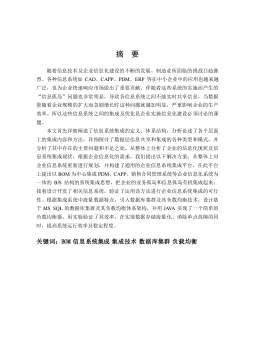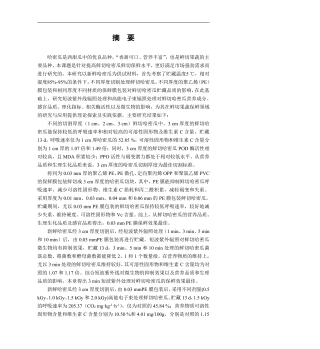我国小额贷款系统运行模式的构建研究
摘要近年来,随着金融业市场竞争加剧,商业资本开始着眼于对小额贷款领域的投资,小额贷款2500亿美元广阔市场的诱惑,使得美国红杉基金、渣打、花旗和汇丰银行纷纷将小额贷款业务列入主流业务发展计划。对此,《时代》杂志有个很好的评论“西装客开始追逐穷人了”。小额贷款因其具有经济效益和社会效益并重的“双重底线”而成为极具吸引力的投资领域。然而,席卷全球的美国次级贷款危机,让我们认识到“次级”潜在的巨大风险,反观小额贷款,其与次级贷款有着很多相似之处:借款人大多是没有严格收入证明,缺乏贷款抵押,贷款主要靠信用方式的贫困或中低收入人群,贷款的利息普遍较高,整贷零还等等。因此次级贷款面临的问题,小额贷款同样面...
相关推荐
-
10KV电网D-SCADA 系统信息采集与故障诊断研究与设计VIP免费

 2024-10-14 26
2024-10-14 26 -
方形吸顶散流器平送风等温射流特性研究VIP免费
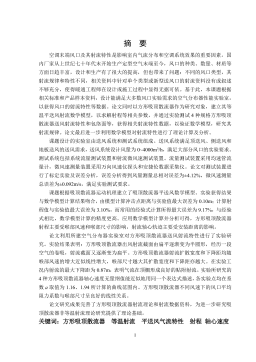
 2025-01-09 7
2025-01-09 7 -
关于充液声导波传感器中频散兰姆波的研究VIP免费
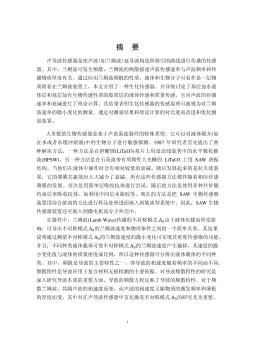
 2025-01-09 10
2025-01-09 10 -
结合梁斜拉桥施工过程中考虑剪力滞影响的分析方法VIP免费

 2025-01-09 6
2025-01-09 6 -
空调房间热舒适性的数值模拟与实验研究VIP免费

 2025-01-09 7
2025-01-09 7 -
汽车前轮线控转向系统研究VIP免费

 2025-01-09 8
2025-01-09 8 -
输入分配型混合动力车辆动力系统控制策略研究VIP免费
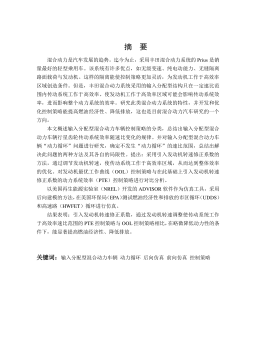
 2025-01-09 7
2025-01-09 7 -
双馈风力发电系统的柔性并网控制研VIP免费
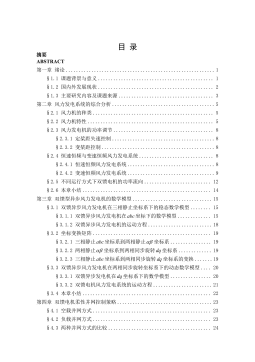
 2025-01-09 10
2025-01-09 10 -
污水处理厂污泥好氧堆肥发酵技术的试验研究VIP免费
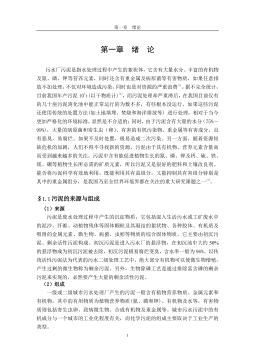
 2025-01-09 7
2025-01-09 7 -
应用风室试验装置的风机性能VIP免费
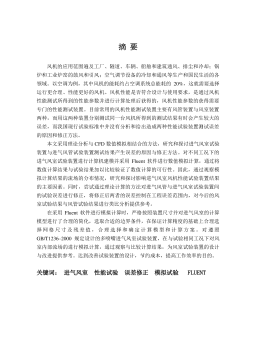
 2025-01-09 8
2025-01-09 8
相关内容
-

汽车前轮线控转向系统研究
分类:高等教育资料
时间:2025-01-09
标签:无
格式:PDF
价格:15 积分
-

输入分配型混合动力车辆动力系统控制策略研究
分类:高等教育资料
时间:2025-01-09
标签:无
格式:PDF
价格:15 积分
-

双馈风力发电系统的柔性并网控制研
分类:高等教育资料
时间:2025-01-09
标签:无
格式:PDF
价格:15 积分
-

污水处理厂污泥好氧堆肥发酵技术的试验研究
分类:高等教育资料
时间:2025-01-09
标签:无
格式:PDF
价格:15 积分
-

应用风室试验装置的风机性能
分类:高等教育资料
时间:2025-01-09
标签:无
格式:PDF
价格:15 积分


